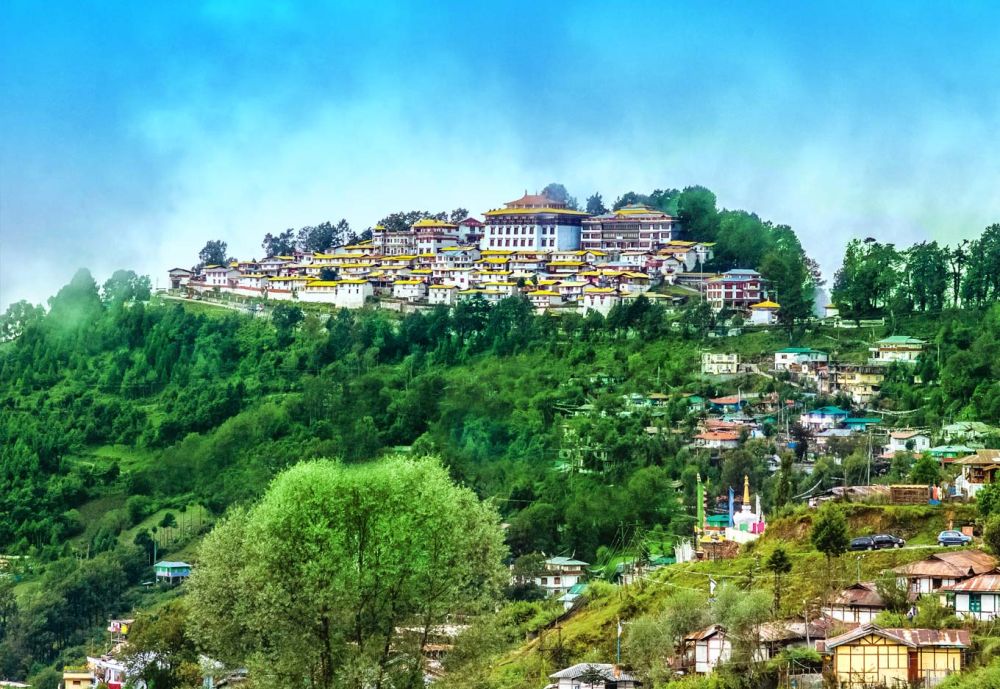

The quaint town of Bomdila is nestled in the lush greenery of Arunachal Pradesh in Northeast India. At an altitude of about 2,200 meters above sea level, it offers mesmerizing views of the Himalayan landscapes and a serene getaway for travelers. The history of tourism in Bomdila is deeply intertwined with its cultural heritage, natural beauty, and geopolitical significance.
Tourism in Bomdila started gaining traction in the late 20th century. Due to its strategic location near the borders with Tibet and Bhutan, the area was relatively less accessible to tourists until the Indian government initiated efforts to promote Northeast India as a tourism destination. The beauty of Bomdila, with its Buddhist monasteries and ethnic diversity, slowly started attracting visitors who were interested in exploratory travel and cultural immersion.
As infrastructure improved, more tourists began to visit Bomdila to trek in the surrounding mountains, experience the local Monpa culture, and explore the region's natural beauty. Monasteries like the Bomdila Gompa became focal points of interest. Ecotourism also saw a rise, with visitors keen to engage in bird watching and walks in the untouched forests.
In recent years, homestays and community-based tourism have grown popular, offering travelers the chance to live with local families and learn about their traditions and lifestyle. This form of tourism supports the local economy and promotes sustainable travel.
Adventure tourism is also on the rise, with motorbiking tours and mountain biking routes being developed. The region's challenging terrain and beautiful scenery provide the perfect settings for such activities.
With an increase in the number of food enthusiasts visiting the region, culinary tourism has also seen significant growth. Local cuisine that is rich in organic ingredients and traditional methods of cooking is drawing the interest of tourists looking for authentic culinary experiences.
While tourism has brought economic benefits to Bomdila, it has also raised concerns about environmental sustainability and cultural preservation. Initiatives are being undertaken to ensure that tourism development does not disrupt the natural and cultural fabric of the region.
Conservation efforts are being made to protect the local flora and fauna, and the state government, along with various NGOs, has taken steps to minimize the impact of tourism on the local ecology.
Looking forward, Bomdila aims to continue developing its tourism sector in a responsible and sustainable manner. With increased connectivity and a focus on preserving its environmental and cultural integrity, Bomdila is set to remain a favored destination for those looking to explore the untouched and mystical parts of the Himalayas.